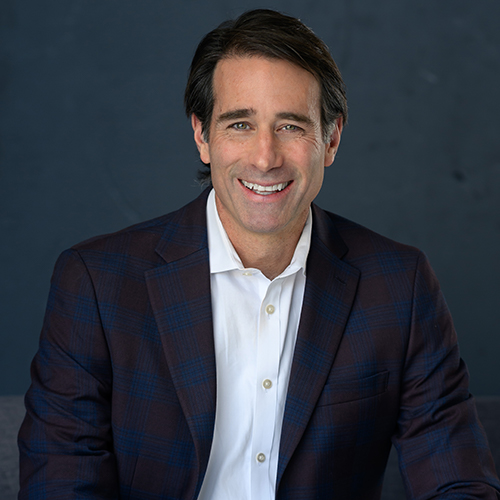In the News
OPINION | McHugh David: 8 studies: Who pays for the solutions?OPINION | McHugh David: 8 studies: Who pays for the solutions?
Washington, DC,
June 25, 2019
|
Livingston Parish News
We're all in this together. If there's anything to be gathered from the eight studies of varying scopes and scales on the Amite River Basin, it's that – no matter what we want to think, say, or do, every governmental entity, every community, and even every person has an effect on the watershed around them. There are currently eight – yes, eight – studies being executed on the Amite River. At first glance, that may seem like a ridiculous notion that eight studies have to go into a watershed. Actually, the varying pieces of the puzzle are of different sizes and shapes, and those eight studies have some independence from each other, but also some collaborative parts as well. The typical heavy hitters are in there – the state, the U.S. Army Corps of Engineers, even the Department of Transportation and Development (DOTD) is getting in on the act. But it goes further, down to city-level studies of their own stormwater management and how that water actually reaches the Amite River. That's where the good congressman Garret Graves should be applauded. The 6th District Republican has gotten involved in the fray of this amalgamation of studies at different levels of the ladder. His goal is to vertically integrate those studies to create a wellspring of information for future flood-plain management. It's a daring feat to say the least, but one that could pay dividends. Despite the fact that some people are competing for dollars, the fact remains that we are all affected by the flow of water. Even if we, here, in Livingston Parish do a better job, individually, of picking up trash; collectively, in finding and managing drainage; and as a parish, keeping waterways clean and clear – we are still reliant on other places such as Central and Ascension Parish doing the same thing. And all of us together are reliant on the state, corps, and DOTD doing their part to keep the actual river clean and the watershed managed on a macro level. That's the feel-good, fun part. The real questions remain as to whether the projects will be vertically integrated, managed correctly with the right mitigation projects being picked on the back end, and adequate funding being present to maintain those systems and projects for years to come. Congressman Graves has proved his mettle, so the answer to the first three questions is "seems likely," based on historical performance. Appropriate mitigation projects remain hazy, but that bridge will be crossed when appropriate. However, adequate funding is an issue. Most all of these studies are being done with federal money that's one-time, disaster relief – or acquired using the Great Flood as a catalyst. But the money is being used on projects with 1980s and 1990s planning. What about 2030? Or 2040? Beyond? Specific question – another 50 years before we clean the Amite River again? The very one being studied today? With disaster relief dollars all but spent, and future distributions drying up, and the state-level budget in constant flux – Amite River area residents better hope for some revenue stabilization at the state level, because the $6 million in local funding between two municipalities, the parish, and three gravity drainage districts just isn't enough to keep up. Or else local officials will come looking for more money, and that hasn't panned well in recent years. J. McHugh David is editor and publisher of the Livingston Parish News.
|



